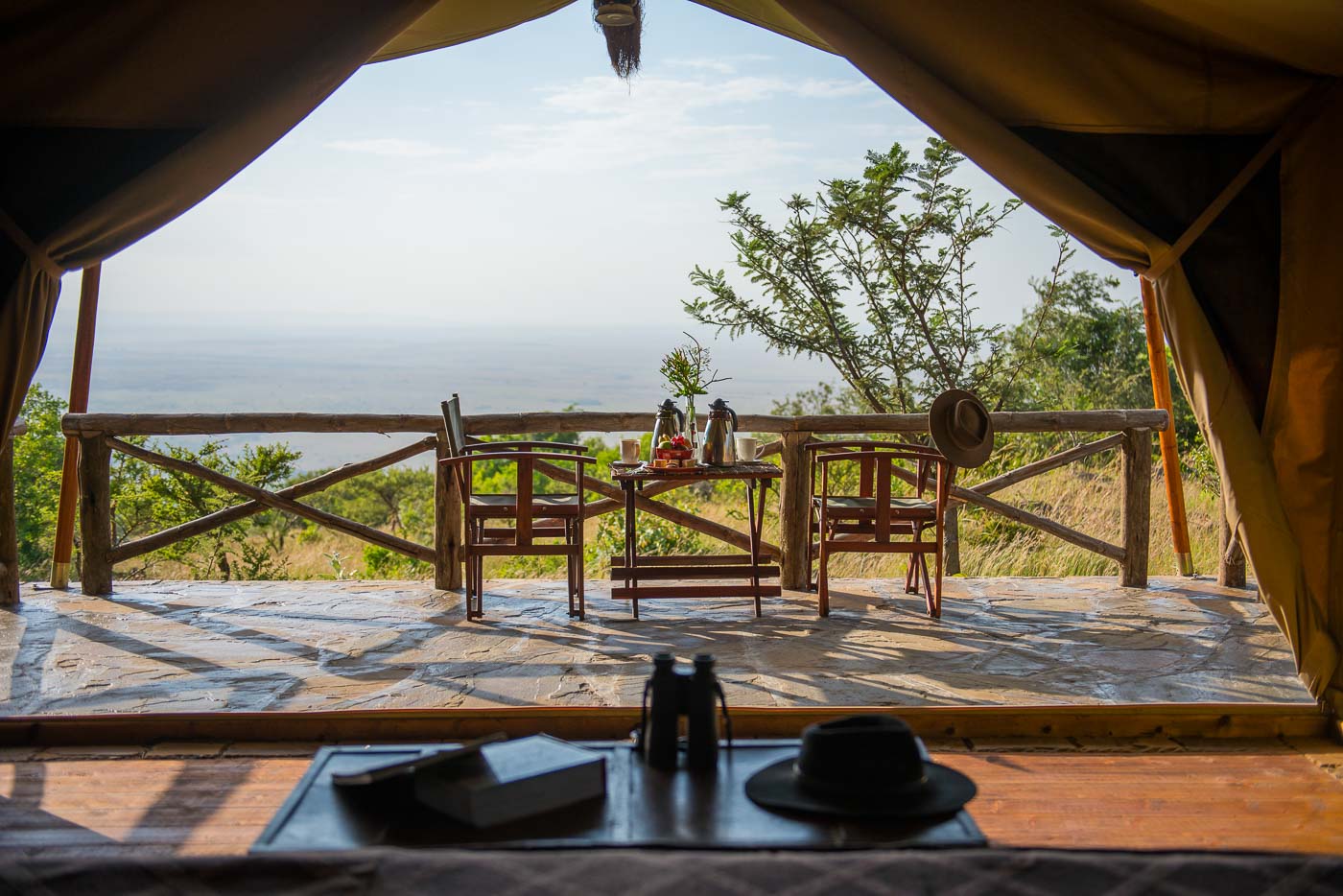As a nomad traveling the world in search of unique accommodations, I’ve noticed that the glamping trend has accelerated partly due to the emergence of short-term rental marketplaces like Airbnb and Glamping.com. These websites enable creative, local proprietors to offer their hospitality on a small scale, resulting in a boom of unique lodgings available across the globe. From used shipping containers, to treehouses, to igloos, you can now find it all depending on where you are. Ubud on the island of Bali is no exception. While visiting the trendy town, we discovered Firefly Bali: a single bamboo hut in the middle of a rice paddy.

Despite its agricultural setting, Firefly is located surprisingly close to the urban core of Ubud. To access the property you first need to convince a taxi driver to drop you off on the side of the road, alongside an unmarked dirt path leading up a hill and into the forest. The process of communicating these unusual instructions to the driver is an experience unto itself. Then you need to hike about a kilometer through a labyrinth of rice paddies. Don’t worry, you don’t need to figure this all out on your own. Despite being a single hut, Firefly is still staffed, sharing employees with a nearby sister property. One of the friendly hosts helped us direct the taxi driver and met us at the trailhead. From there, he helped us with our luggage and led us through the paddies.

The hut is unlike any property we’ve ever visited. It was constructed in the local architectural material of bamboo with a grass thatched roof. It has a queen-sized bed, a small amount of electricity for lights and an outlet, and an outdoor shower, but the modern conveniences end there. There is no air conditioning or fan. Instead, Firefly relies on its open-air design to keep things cool. It’s so open, there isn’t even a front door!

This open layout pairs with the hut’s land site, carved out of a working rice paddy, to make the Firefly experience so unique. You naturally settle into the surrounding environment without disturbing it, which in this case entails observing the paddy workers beat the bushes to scare away crop-eating birds or simply enjoying the unobstructed view. The terraced rice paddies were particularly spectacular at sunset.

As Firefly warns guests in advance, its alternative accommodations will not suit everybody. Despite this, Firefly’s one of a kind outdoor experience set in an authentic Southeast Asian environment seems to be in high demand. The little hut was booked solid for two months following our stay and only by sheer happenstance was a night available during our time in Ubud. Demand is so strong, in fact, that Firefly’s creative proprietor is currently constructing a new bamboo eco-structure about 500 meters away. The new property is slated to hold four bamboo micro-units stacked on top of each other, targeted towards budget travelers seeking a minimalist natural experience in Ubud. Similar to Firefly, but even more alternative. As the Balinese locals would say, “same same but different.”
After a decade of running the rat race in institutional real estate investment, Dan decided to abandon the deferred life plan and pursue his dream of extended world travel while still young. He resigned from his career, sold all his possessions, and began an open-ended journey around the globe, along with his girlfriend Meghan. Dan now contributes to Glamping.com as a guest writer.



 Photo Credit: 4 Rivers Floating Lodge
Photo Credit: 4 Rivers Floating Lodge


















